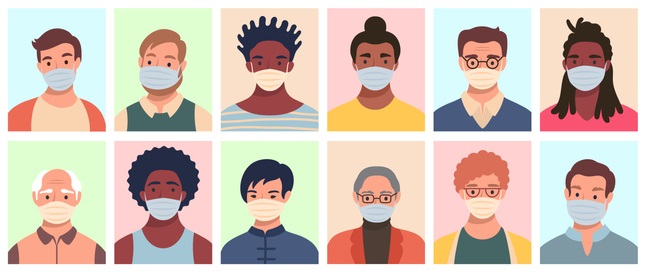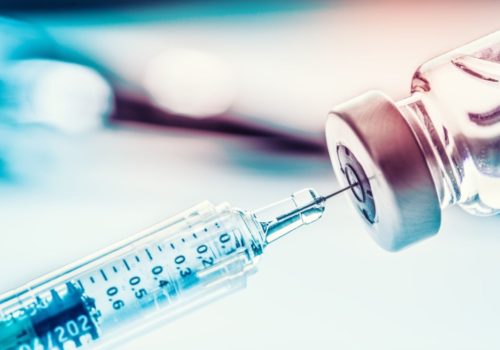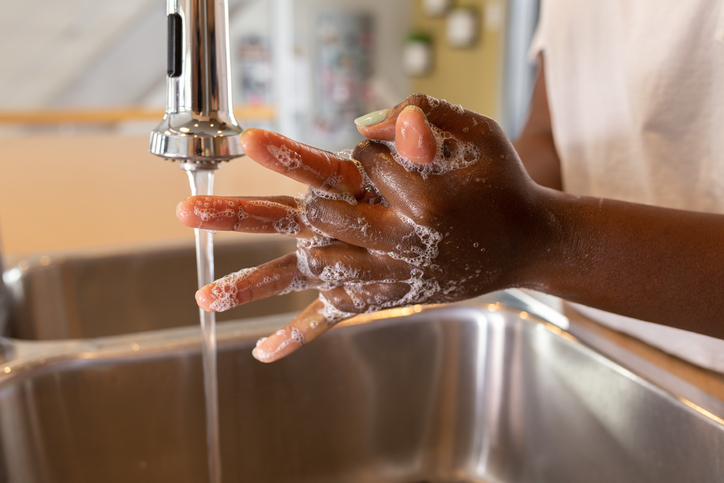Filoviruses: Ebola Virus & Marburg Virus
- Discovery of Filoviruses
- EVD: Signs & Symptoms
- MVD: Signs & Symptoms
- Transmission
- Prevention
- Vaccine
The first appearance of Filovirus occurred in 1967 when simultaneous outbreaks of hemorrhagic fever caused by Marburg virus developed in laboratory workers in Marburg and Frankfurt, Germany and what then was Belgrade, Yugoslavia after being exposed to the tissues of African green monkeys imported from Uganda. The virus didn't appear again until 1975, in South Africa. Marburg virus has appeared sporadically since then, including two large epidemics in Democratic Republic of Congo (DRC) from 1998-2000 and Angola from 2004-2005.
Ebola virus first appeared in 1976 when two consecutive outbreaks of hemorrhagic fever occurred in DRC in a village near the Ebola River, giving the virus its name, and in South Sudan. Since then, six different species of Ebola virus have been discovered, four of which are known to cause disease in humans.

For more information please visit: https://www.cdc.gov/vhf/virus-families/filoviridae.html
Symptoms of Ebola virus disease (EVD) may appear anywhere from 2 to 21 days after contact with Ebola virus, with an average of 8 to 10 days.
| Symptom Type | Symptom |
|---|---|
| Primary Symptoms |
|
| Other Symptoms |
|
For more information please visit: https://www.cdc.gov/vhf/ebola/symptoms/index.html
Symptoms of Marburg virus disease (MVD) may appear anywhere from 2 to 21 days after contact with Marburg virus, with an average of 8 to 10 days.
| Symptom Type | Symptoms |
|---|---|
| Primary Symptoms |
|
| Severe Symptoms |
|
For more information please visit: Signs and Symptoms | Marburg (Marburg Virus Disease) | CDC
Filovirus, or virus in the Filoviridae family, can cause sever hemorrhagic fever in humans and nonhuman primates. Filoviruses are zoonotic, they are spread to humans from animals. The reservoir host for Marburg virus is African fruit bats, there is no known reservoir for Ebola virus, though bats are suspected to play a role in transmission.
Once a human is infected, both MVD and EVD can be transmitted to other humans through direct contact with the blood or bodily fluids of an infected individual who is sick with or has died from either disease. Transmission can also occur via objects contaminated with blood or bodily fluids of an infected person, through consumption of wild animal meat, or through semen from a person who has recovered from EVD or MVD (there is no evidence that EVD or MVD can be transmitted via vaginal fluid).
For more information please visit: Transmission | Ebola Hemorrhagic Fever | CDC
Prevention
- Avoid contact with bodily fluids and blood of people who are infected and or contagious.
- Avoid contact with bats and nonhuman primates such as monkeys, gorillas, and chimpanzees.
- Wash your hands before and after coming in contact with someone infected with EVD or MVD.
- Avoid contaminated objects that have not been sanitized.
- Wear Personal Protective Equipment (PPE) when encountering an infected individual.
- Avoid funerals and burial practices that involve touching the body of an individual who passed away of EVD or MVD.
- Avoid traveling to areas undergoing an Ebola and Marburg outbreak.

For more information please visit: https://www.cdc.gov/vhf/ebola/prevention/index.html
There is currently only one FDA approved vaccination for the Ebola virus. This vaccine is given as a single dose vaccine and has been found to be safe and protective only against Zaire ebolavirus, which has caused the largest and most deadly Ebola outbreaks to date.
On February 26, 2020, the Advisory Committee on Immunization Practices (ACIP) recommended pre-exposure prophylaxis vaccination with rVSV-ZEBOV for adults ≥ 18 years of age in the U.S. population who are at potential occupational risk of exposure to Zaire ebolavirus. This recommendation includes adults who are:
- Responding or planning to respond to an outbreak of EVD;
- Laboratorians or other staff working at biosafety-level 4 facilities that work with live Ebola virus in the United States: or
- Healthcare personnel working at federally designated Ebola Treatment Centers [PDF – 1 MB] in the United States.
Currently, there is no vaccination available for disease caused by Marburg virus.

For more information please visit:

For Clinicians
- Increase vigilance in obtaining travel history for in the 21 days before illness onset for any patient presenting with fever or other symptoms consistent with EVD or MVD
- Isolate patients with a relevant travel history and who are exhibiting relevant symptoms in a private room with a private bathroom and implement standard, contact, and droplet precautions
- Contact IDOH’s Epidemiology Resource Center at 317-233-7125 during normal business hours (Monday-Friday, 8:15 a.m. - 4:45 p.m. Eastern) or 317-233-1325 after hours
PPE for Healthcare Workers
For all healthcare workers caring for patients with EVD or MVD: PPE that fully covers skin and clothing and prevents any exposure of the eyes, nose, and mouth is recommended to reduce the risk of accidental self-contamination of mucous membranes or broken skin.

Information for State and Local Public Health Officials
- Factsheet: CDC's Ebola Response Team
- Interim Guidance for Preparing Ebola Assessment Hospitals
- Interim Guidance for Preparing Ebola Treatment Centers
- Interim Guidance for the U.S. Residence Decontamination for Ebola Virus Disease (Ebola) and Removal of Contaminated Waste
- Top 10 Ebola Response Planning Tips: Ebola Readiness Self-Assessment
Information for Laboratories
Information for EMS, First Responders, and Public Safety Agencies
Please contact the person listed below for more information
Haley Beeman, MPH
Senior Healthcare Associated Infections Epidemiologist
Infectious Disease Epidemiology & Prevention Division
office: 317-234-2805 fax: 317-234-2812
Page last reviewed and updated: November 2023


